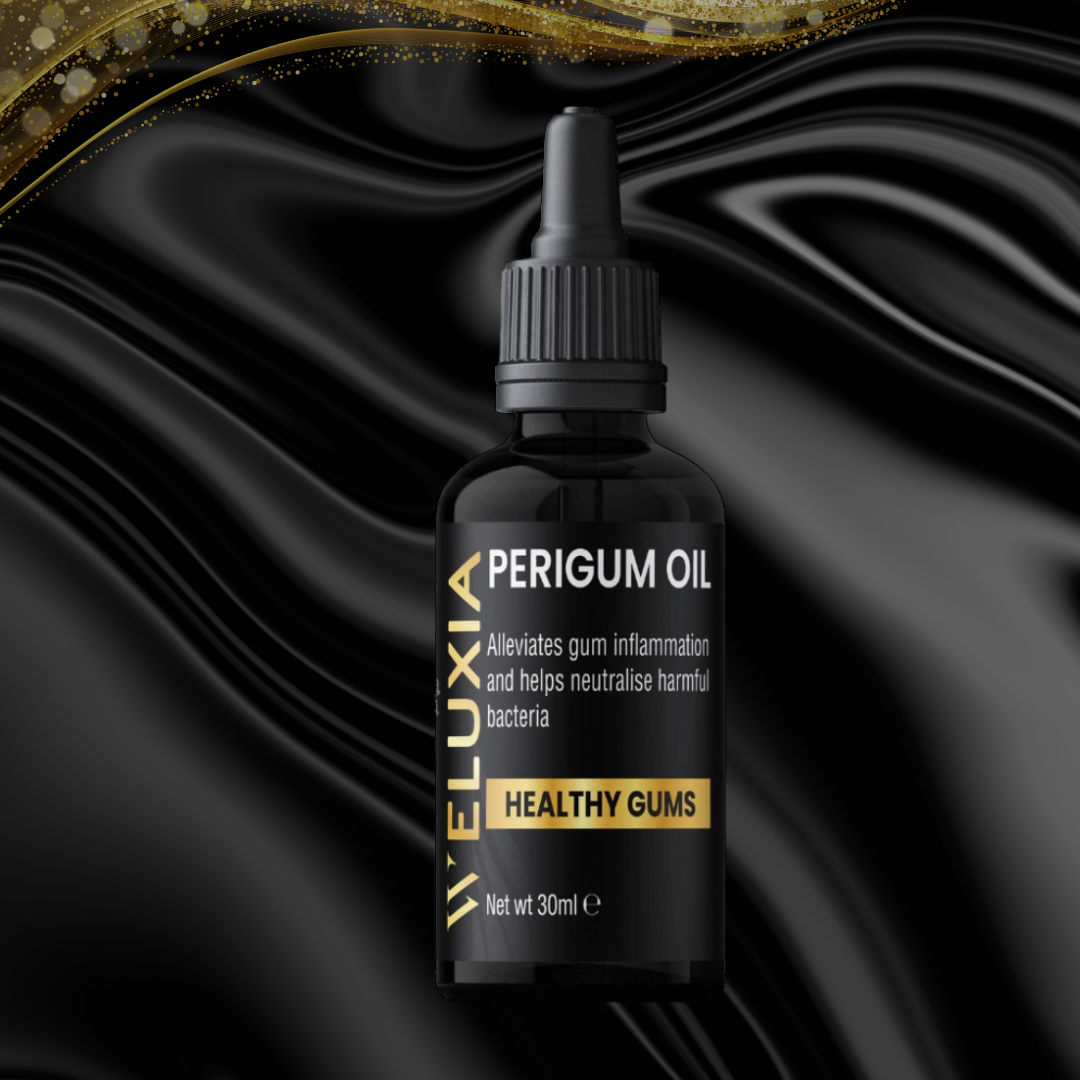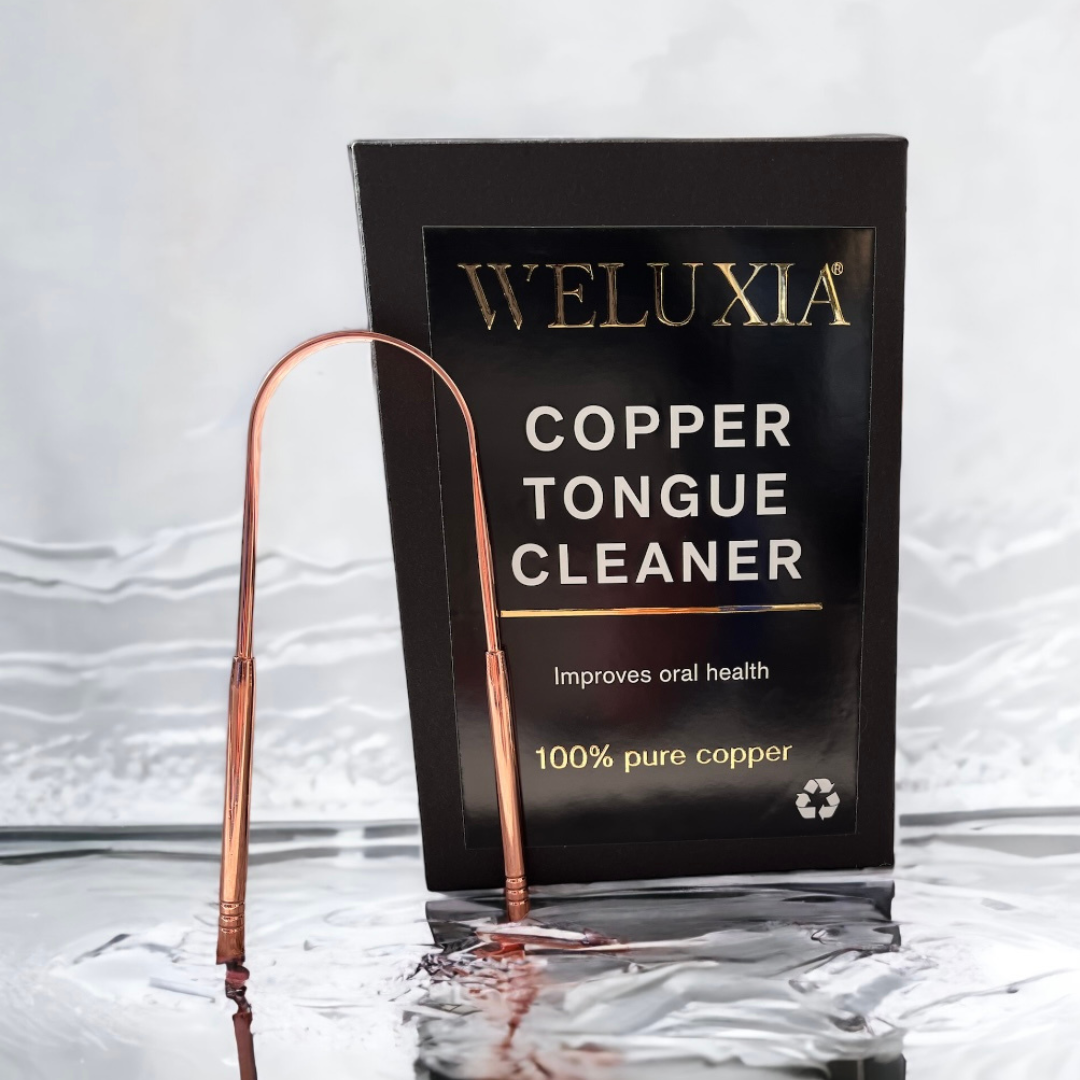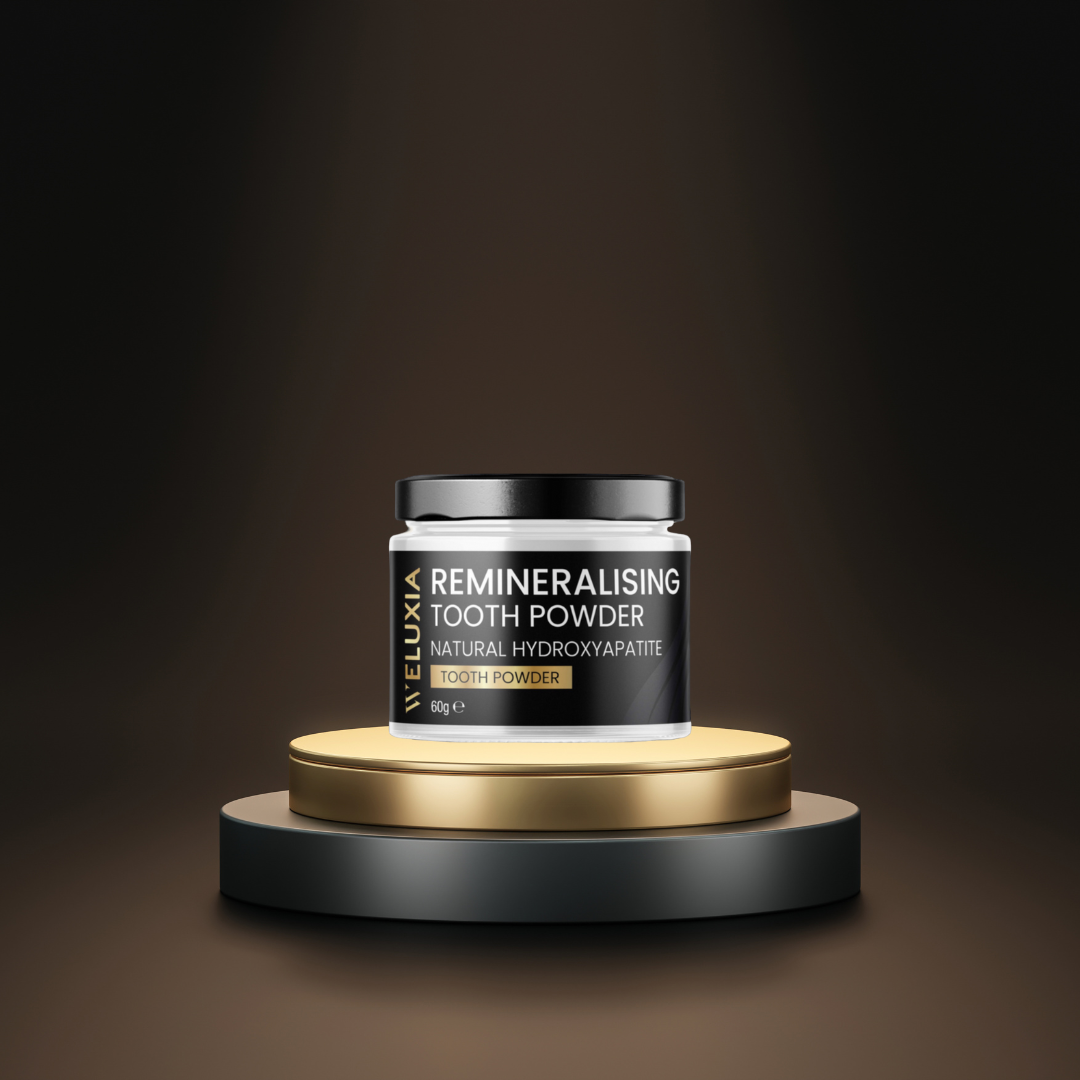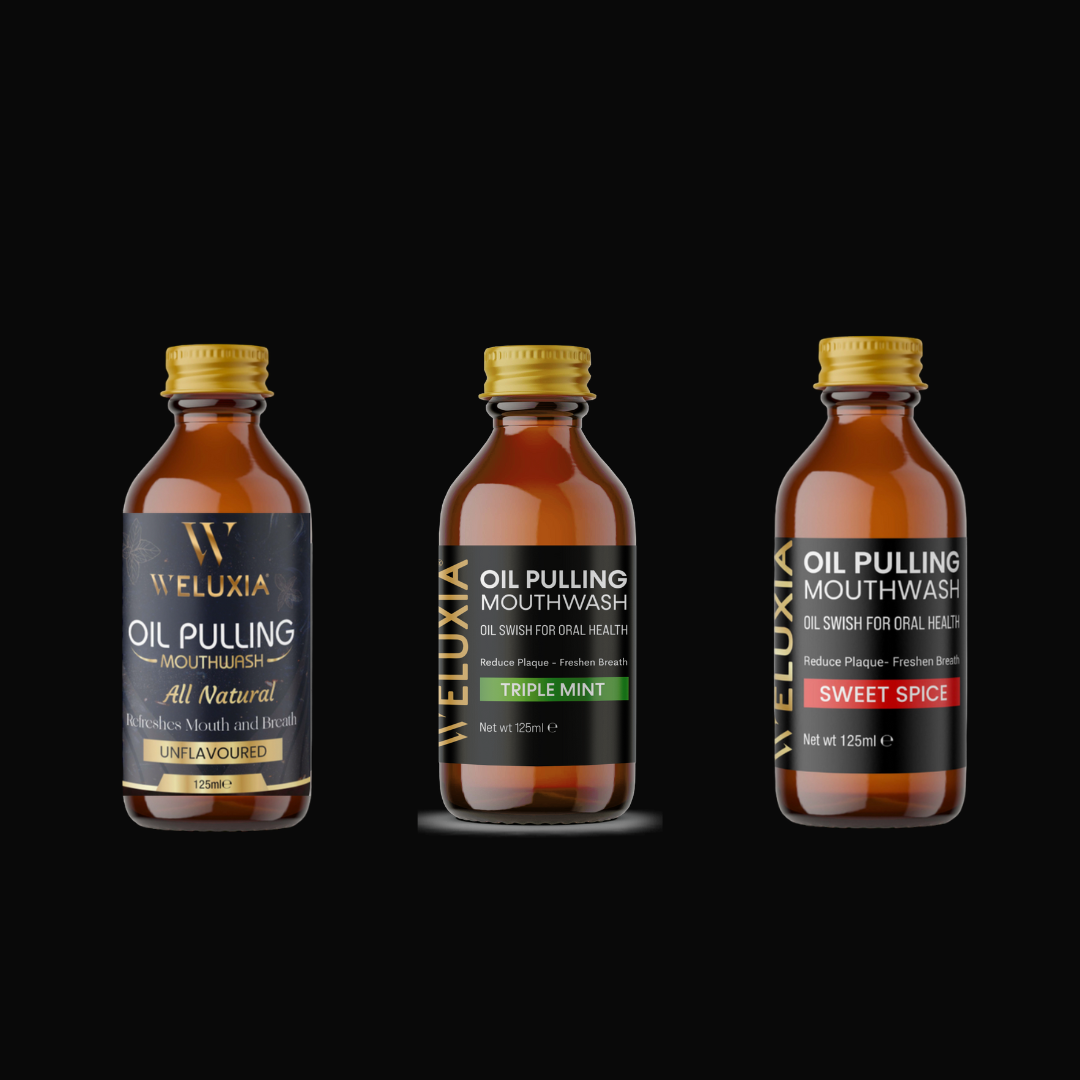Concerns about glycerin in toothpaste affecting the natural remineralization process and oral health lack scientific support. It's crucial for tooth enamel, serving essential roles without hindering enamel health.
Does glycerin coat the teeth?
Glycerin in toothpaste has sparked concerns about its impact on oral health and the potential hindrance to the natural re-mineralization process of teeth. Some claim that glycerin coats the teeth and prevents the absorption of minerals, leading to questions about its safety and effectiveness. However, there is a lack of scientific evidence supporting these claims. In fact, glycerin serves as a binder, humectant, and texture enhancer in toothpaste, providing essential functions for its stability and user experience.
The Many concerns Against Glycerin and Remineralization
This has raised the impact of glycerin on the natural remineralization process of teeth. Dr Gerard Judd, a retired chemistry professor, argues that glycerin coats the teeth, preventing them from absorbing necessary minerals and weakening their strength. However, there is no scientific study supporting this claim.
While Dr. Judd's theory raises concerns about glycerin inhibiting remineralization, it is important to consider the broader scientific viewpoint and the lack of supporting evidence. Dental research suggests that glycerin in toothpaste at typical concentrations does not hinder the natural remineralization process of teeth. Factors such as diet and oral hygiene habits play a more significant role in maintaining and promoting enamel health.
The Functions of Glycerin in Toothpaste
We know that glycerin serves the product and adds no benefit to the mouth.
1. Binder
Glycerin acts as a binder in toothpaste, holding all the ingredients together to ensure a consistent texture and stability of the formula
2. Humectant
Being a humectant, glycerin retains moisture within the toothpaste, preventing it from drying out.
3. Texture Enhancer
Glycerin plays a vital role in enhancing the texture of toothpaste, making it more appealing to users. It contributes to the smoothness and creaminess of the toothpaste, providing a pleasant mouthfeel during brushing and making the overall experience more enjoyable.






